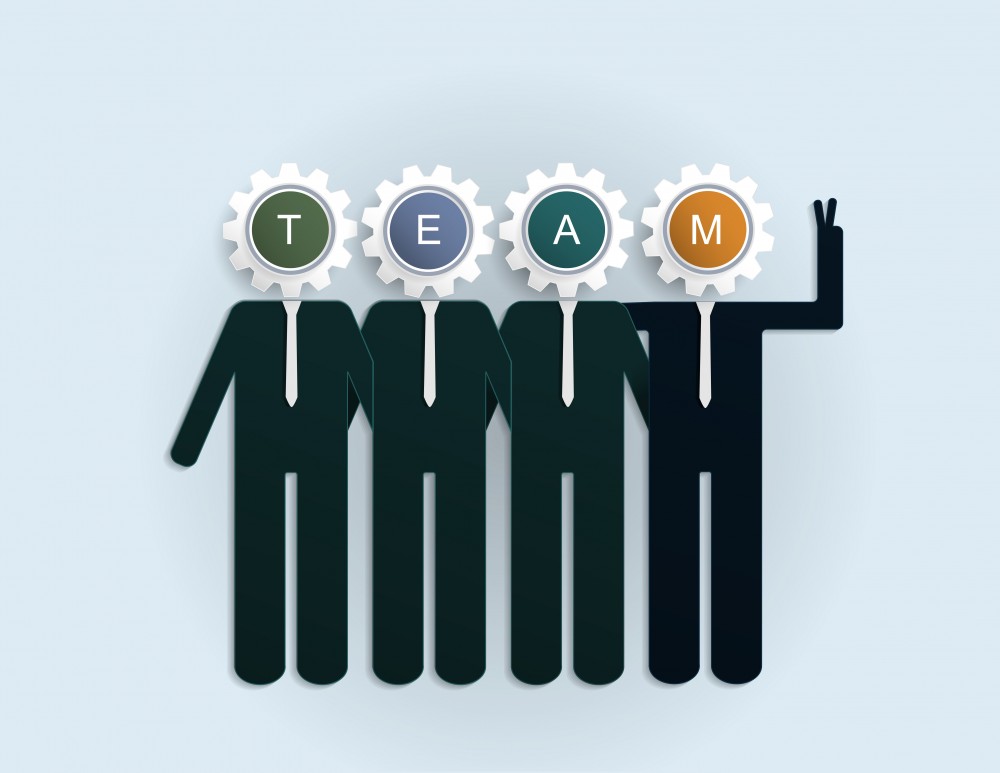![]()
The Summer Olympics will soon be upon us. Millions will be watching as select athletes compete against one another. Individual countries face the difficult decision of who will represent them to the world.
Similarly, organizations need to consider their key players in order to field an effective work team. Work teams, like athletic teams, require different talents and strengths. These four roles are crucial when building an effective, Olympic-style work team.
Work Team Member #1: The Captain
Captains are the guiding force of the team. Ultimate responsibility for success rests with them. Obvious maybe but too many times groups rush off to storm the hill without thinking about this first. This role may naturally default to a manager or director of the department. The Captain may be less obvious on teams made up of different departments, organizations, or industries. This brings us to another reason why the role is so vital, direction. Captains make sure that each team member’s actions help the work team to win gold. Without the captain’s direction, each group member is unaware of the other’s moves. The end result? A team divided with no results to show. Captains also act as facilitators that support the team and bridge any gaps they may encounter.
Work Team Member #2: The Idea Machine
Ever met that person with all the ideas? The Energizer Bunny of the group? The Idea Machine is essential when group discussions stall. He or she will develop alternate solutions and see opportunities where others do not. Having alternatives also helps when group members are unable to come to an agreement. Creativity is the bread and butter of this position. Idea machines also excel at adding value to the workplace by developing more efficient processes or methods to accomplish certain tasks. In today’s workplace, creativity is becoming more of a necessity in carrying a team through to the end.
Work Team Member #3: The Cheerleader
The Cheerleader helps keep up the initial excitement of the group. There may be times when the team’s work hits a slump. Everyone experiences setbacks at some point. Events such as family emergencies and changing deadlines all carry some emotional weight, potentially impacting the team’s work. While the Captain may support the team at a strategic level, Cheerleaders are more tactical. Cheerleaders often will provide kind words, compliments, and constructive criticism. In this way, performance of the team improves. Cheerleaders support Captains by gauging the team’s emotional health and acting where the Captain may not be able to. Plus, workers who feel emotionally supported are happier and healthier, making the Captain’s job easier.
Work Team Member #4: The Anchor
The Anchor is usually the last person on a relay team, and typically the most reliable. In a work setting, Anchors serve a similar function. They will have strong writing and analytical skills. For this reason the Anchor will most likely be the proofreader and the editor. They fix and polish any products or ideas that the group creates. The Anchor can be counted on to follow behind and tie up any loose ends. He or she may not be the most outspoken of the group, but reviewing and proofing the work of others is where they really shine.
Roman Alvarez is part of the GovLoop Featured Blogger program, where we feature blog posts by government voices from all across the country (and world!). To see more Featured Blogger posts, click here.





Excellent, Roman! Really enjoyed reading this and putting faces to these roles on my own team…